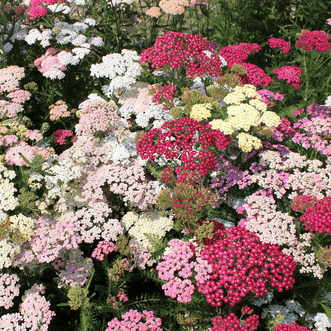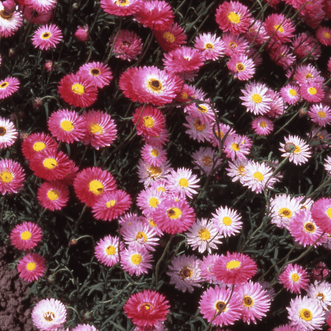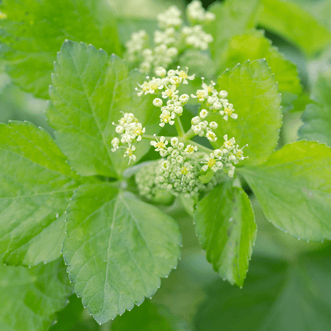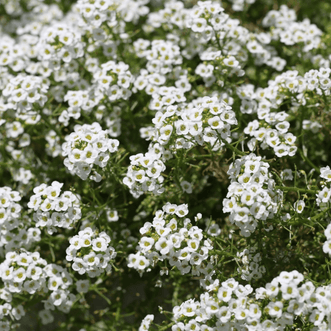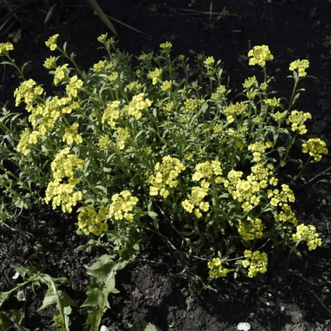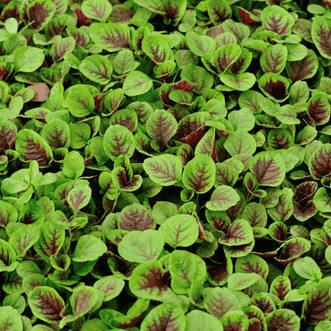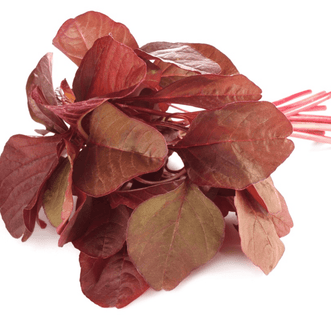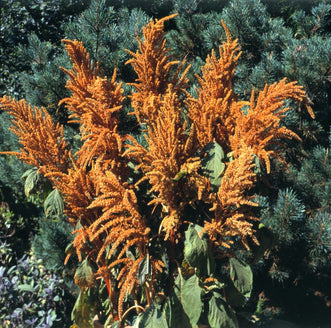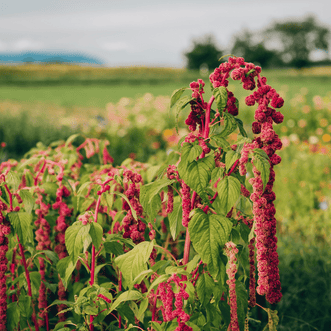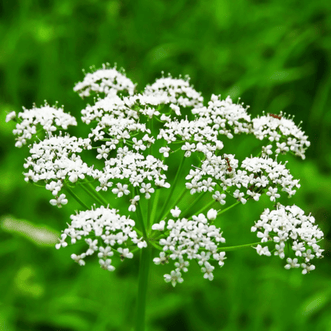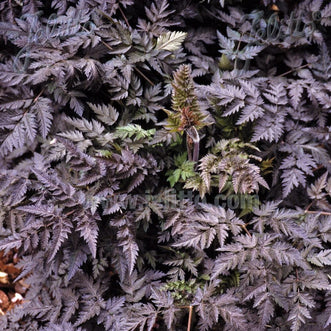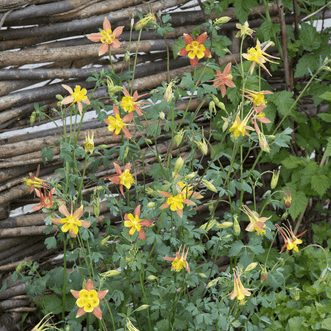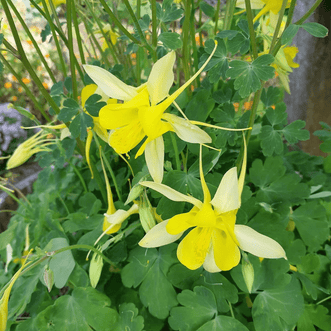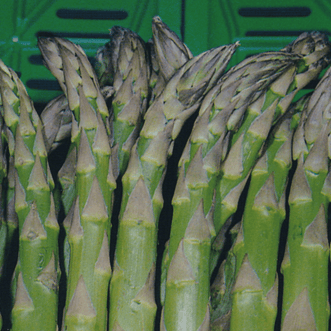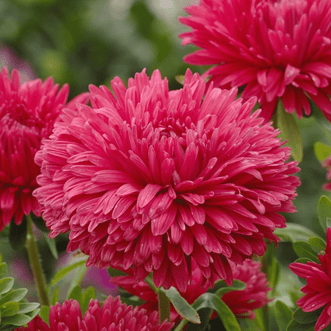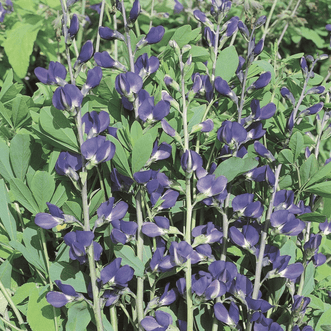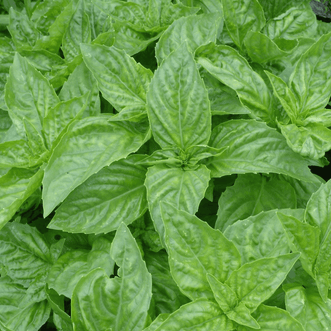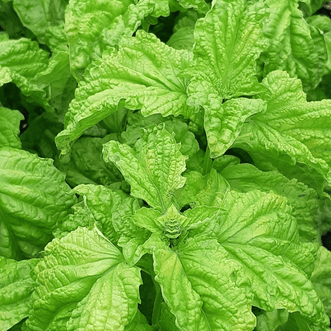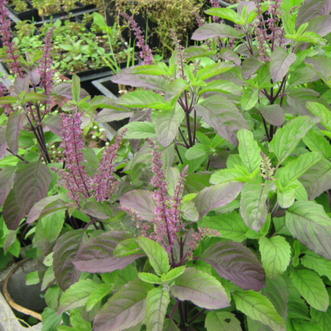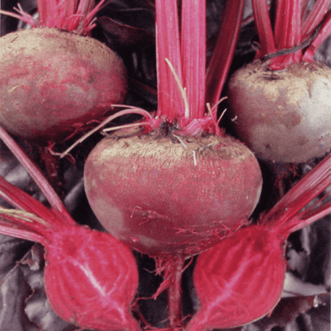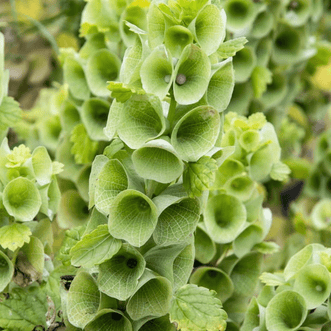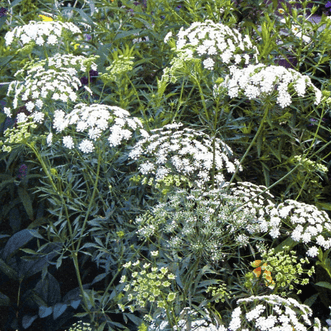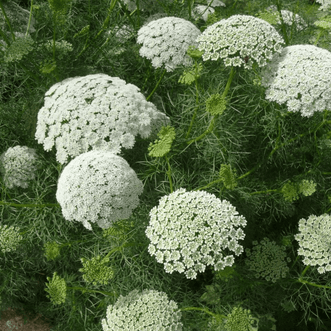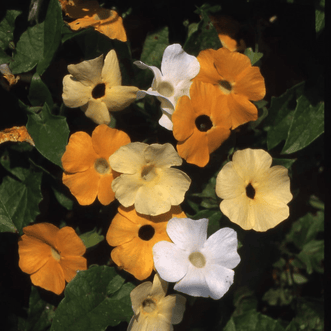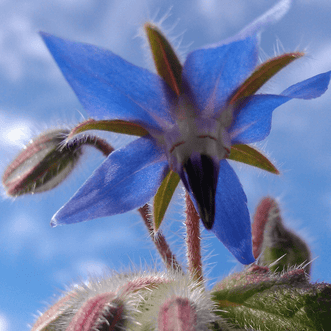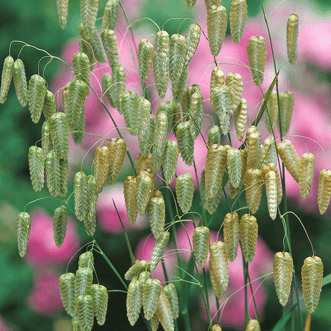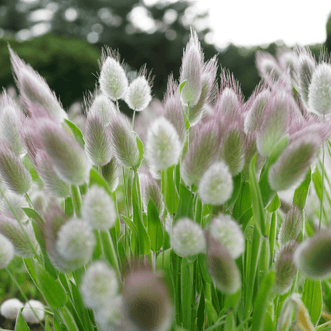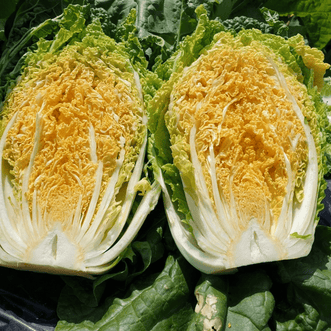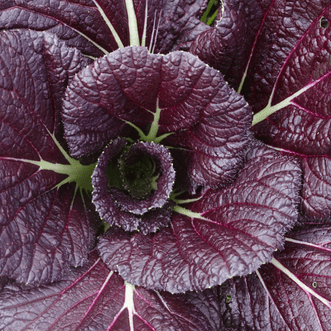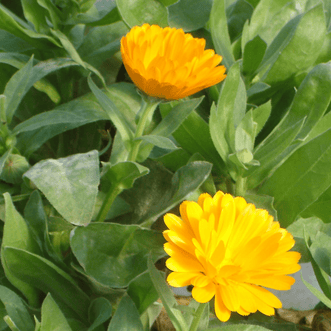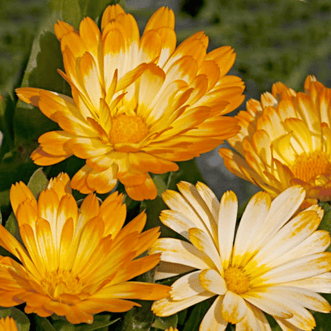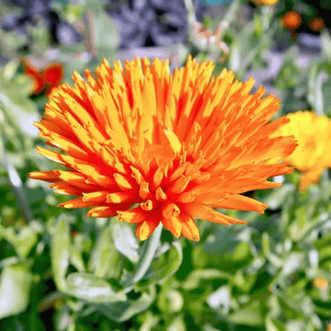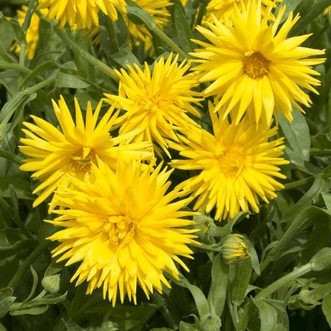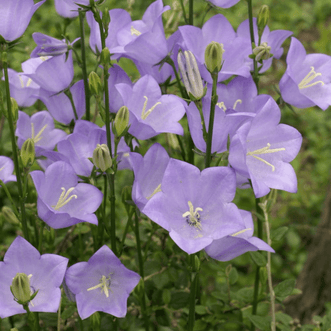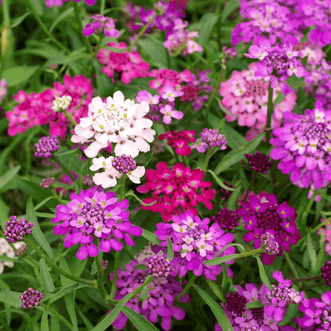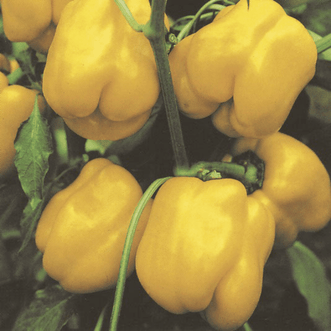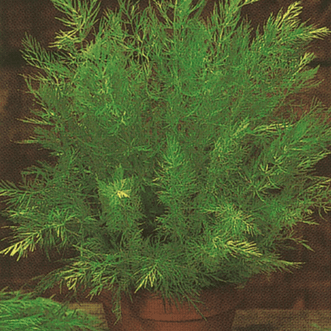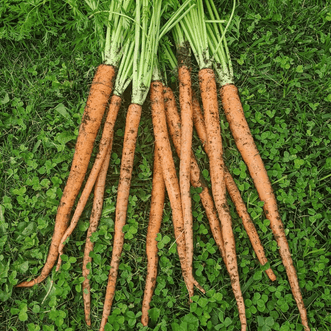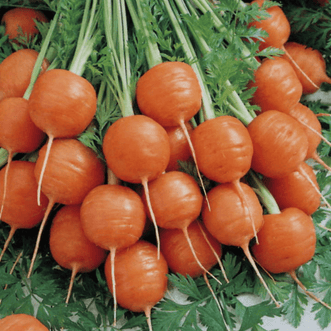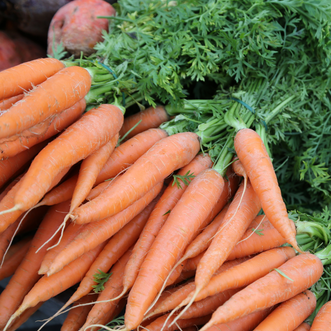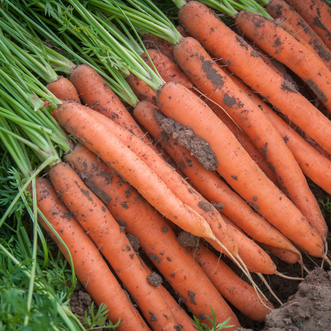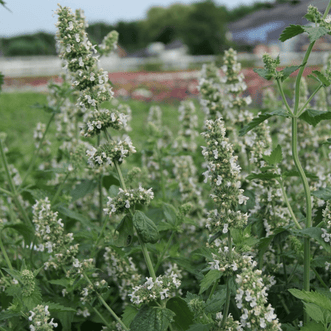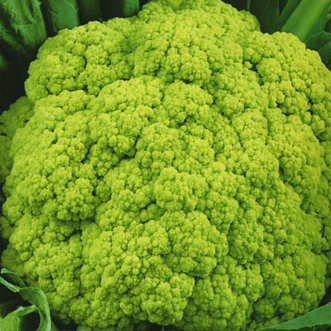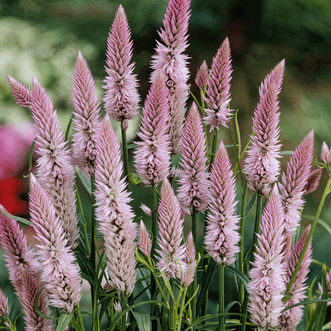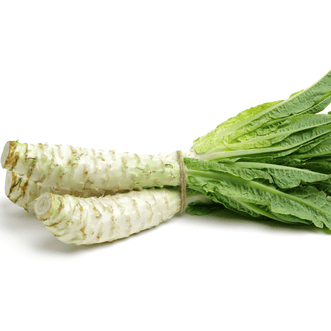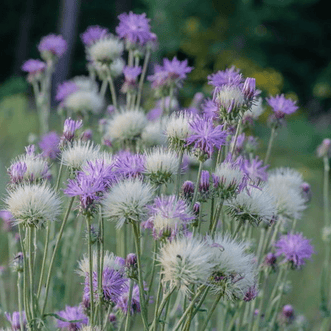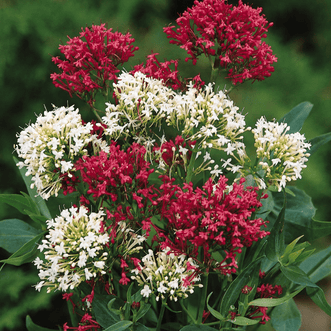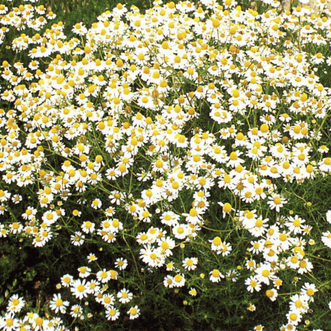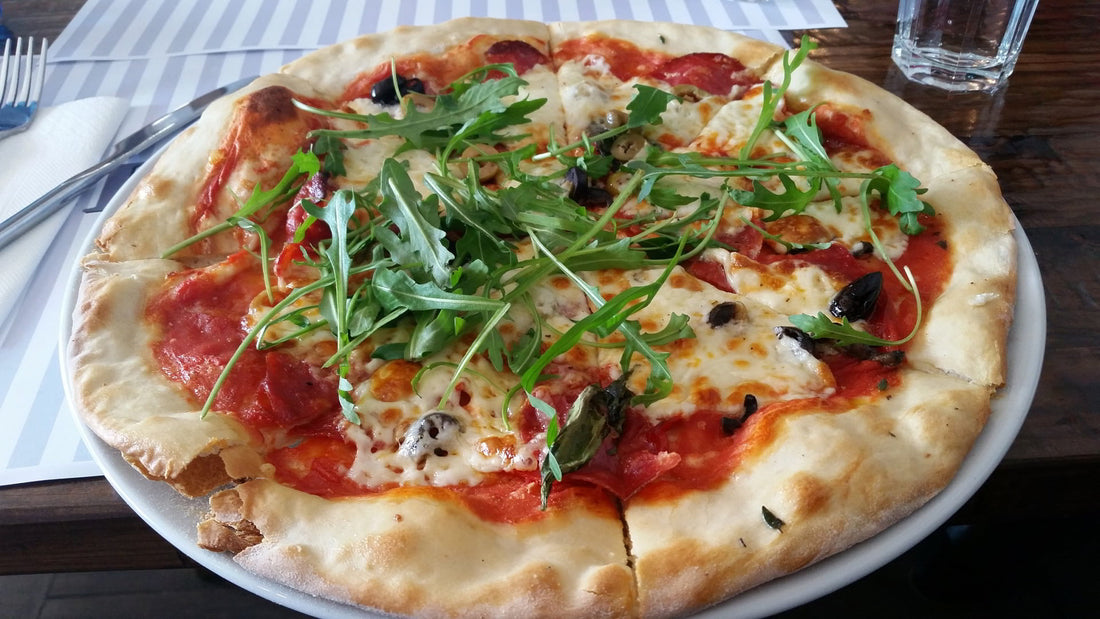
Garnishes and Their Place on a Plate
CarolynThis week we thought we would take a look at garnishes. From the gardener’s perspective, we’re probably most interested in using things we can grow in and gather from our gardens as “garnishes”. So what makes a good garnish and what could you grow to visually and aesthetically enhance your food?
The word garnish can make me think of retro-styling seventies food but (luckily) large sprigs of parsley, tomato roses, carrot flowers and carved radishes have probably had their day and might not be worth the trouble - unless you (or your children) are desperately keen to give them a go!
Taking a look at all the beautifully styled food photographs in cookbooks, articles and blogs will make you see that the art of decoration and presentation is certainly not dead! In some cases it has moved to a whole new level. So what is on trend? Two things definitely come to mind:
The first is….
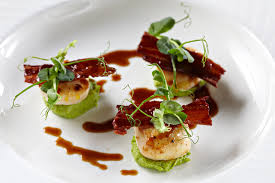
Microgreens!
Considering how very easy they are to grow, microgreens are currently the go-to garnish if you want to give your food a touch of style with almost no real effort at all. Just a simple addition of microgreens can completely lift a dish out of the ordinary. Chefs are doing it everywhere and you can too. You can choose your microgreens for flavour (think Coriander, Basil and Chives) or you can select them for the exuberant colour (Amaranth Mekong Red, Beet Bright Lights, or Basil Dark Opal).
You can be generous, with microgreens piled up on your dish, or you can go for the “less-is-more, place-your-microgreens-with-tweezers” look. Considering how quick and easy microgreens are to grow, you get a huge amount of artistic bang for your buck.
The other on-trend garnish is of course…
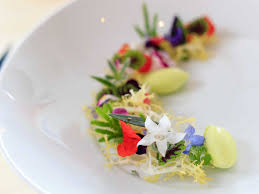
Edible Flowers!
Again, whether you are looking for a rainbow of colour or a subtle hint of design, edible flowers are still seen on the best-dressed plates. Not only do they look very pretty, you can choose small and delicate or big and punchy.
You can use calendula or marigold petals (sometimes using them upside down gives you different colours and markings), viola, borage, alyssum , dianthus, hibiscus, hollyhocks, monarda, nasturtiums and cornflowers.
When using edible flowers to garnish your dishes, don’t forget your herb flowers.
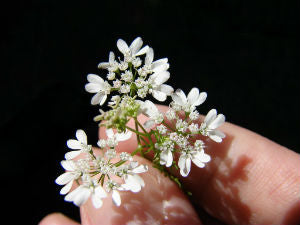
Herb flowers are also edible and are usually fragrant and aromatic too. They'll add flavour to the dish as well as making it look attractive.
Tiny white coriander flowers add a very pretty, delicate touch to a dish but still contribute the same fresh coriander flavour as do the leaves. Likewise, using chive flowers adds a pretty dash of mauve colour and a chive flavour.
Contrast
What makes a good garnish – what are you looking for? Usually you are looking for a contrast.
Using a garnish that will provide a contrast in colour, flavour or texture can make the dish more interesting (and nicer to look at and eat!).
Colour: Garnishing your green salad with parsley won’t really show work – you won’t see the green parsley much at all and you might be better to choose something that will give you some colour contrast – colourful edible flowers, a bunch of roasted and charred cherry tomatoes still on the vine, or brightly coloured radishes or capsicums can make an attractive garnish because of the colour contrast.
Flavour: When looking for contrast, be conservative – pay homage to the traditional flavour combinations (can you really improve on tomatoes with basil?) Having said that, keep being adventurous – you may discover everyone’s new favourite flavour pairing!
Texture: Add something dry and crispy (deep fried onions or shallots, for example) to a salad for a contrast in texture. Or add nuts and chopped herbs to soups to give you a contrast in both texture and colour.
So have a look around your garden. Garnishes can be fruit, nuts, vegetables, flowers, herbs, micros and, of course, fruit! What have you got growing that you can use to make your dishes look special? What will add drama or colour, or flavour or fun? Who is your dish for – a sophisticated dinner guest, your conservative neighbour, a group of excited children, yourself? What will give you pleasure and make you glad you made that few extra minutes to add that extra touch?
Use your preserves
It isn’t just your fresh harvest that can be used to enhance your plates. Flavoured oils or vinegars that you have made from garden produce can be sprinkled around the plates.
Pickled vegetables can also be an attractive garnish, especially if you can also incorporate a pop of colour at the same time. Colourful jellies and jams add that sweetness and dash of rich colour.
Make a sauerkraut that includes red cabbage or a quick pickled vegetable mix that includes beetroot, so that you have a pretty pink condiment to spoon on top, adding a touch of sour flavour to contrast with your dish along with a pretty contrasting pink pop of colour - such a pretty addition to the plate.

Because there is always room for a bit of fun !
And finally, to finish, here are some ideas for those rainy days when you can't get out into the garden and you have plenty of time on your hands!

